Spring is finally here, and with it comes a burst of color right in our own backyards. As a flower photography enthusiast, I love taking my macro lens outside to capture the intricate details of nature. If you’re eager to elevate your flower macro photography this season, I have some backyard flower photography tips to share that have helped me take stunning flower images right in my backyard.
By Guest Contributor André Costantini
In this article, you’ll learn:
- How to take stunning macro photos of flowers using natural light
- Which Tamron lenses are best for backyard flower photography
- Creative flower photoshoot ideas to capture spring’s beauty
- Pro tips for focusing, composition, and post-processing
- Must-have accessories to elevate your macro flower shots
Whether it’s photographs of flowers basking in the golden light or macro pictures of flowers covered in morning dew, spring offers endless opportunities for a flower photoshoot. And there are countless flower photoshoot ideas to creatively highlight the blooms in your backyard.
The Best Lenses for Backyard Flower Photography
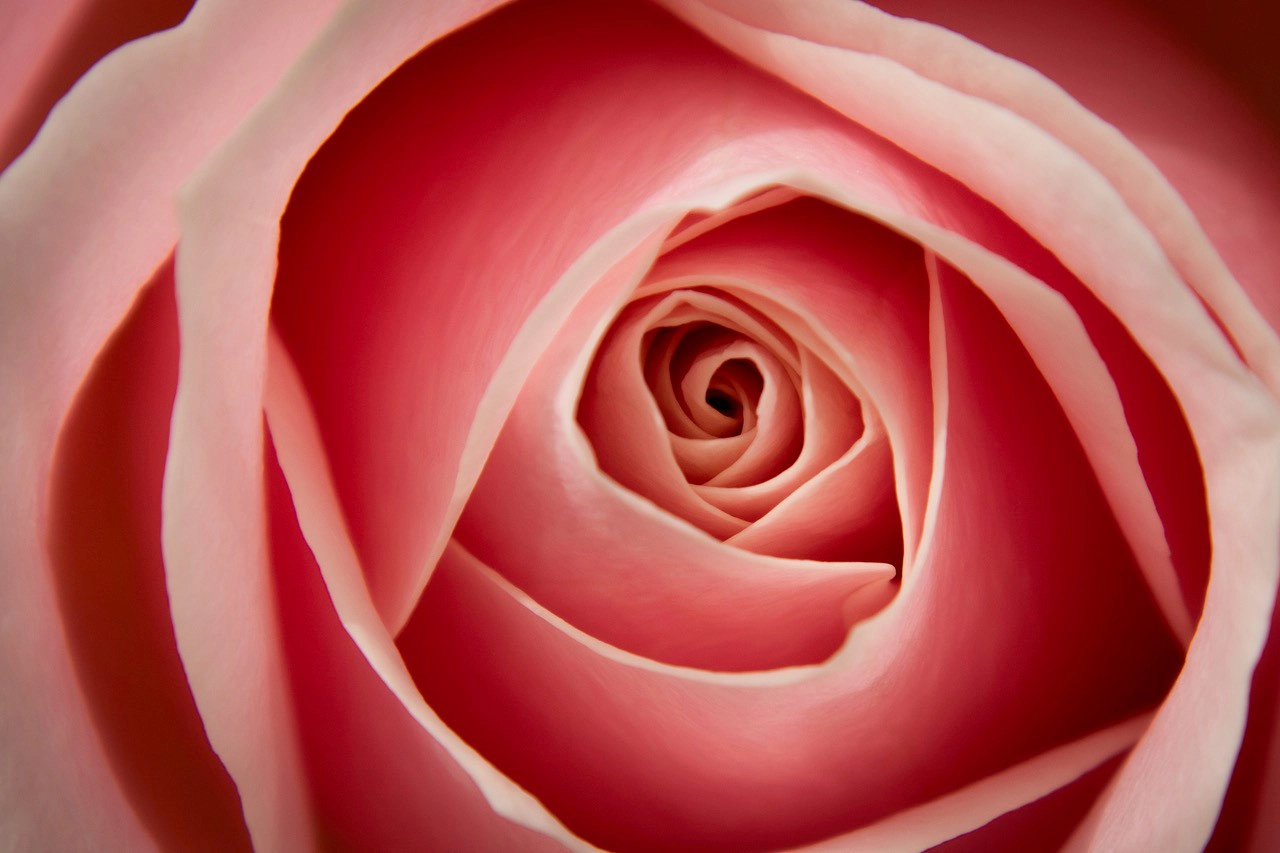
Choosing the right camera lens is essential for capturing high-quality flower photos. Macro lenses allow you to get extremely close to your subject, bringing out the intricate details. Here are a few of my favorite Tamron lenses that offer 1:1 or 1:2 macro capability for backyard flower photography:
- Tamron 50-300mm F/4.5-6.3 Di III VC VXD (Model A069): A versatile zoom lens that allows you to get both close-up macro shots and wider garden views with its stand 50mm focal range setting. This lens provides a great range, making it perfect for capturing everything from detailed flower petals to a wider scene with multiple blossoms in focus. Its 1:2 macro capabilities allow for excellent magnification, ensuring sharp images of even the tiniest flower details.
- Tamron 90mm F/2.8 Di III VXD (Model F072): A classic macro lens with a 1:1 reproduction ratio and 9.1″ minimum focusing distance, perfect for sharp, highly detailed images of flowers. This lens is renowned for its stunning bokeh, allowing the background to blur beautifully while keeping the subject in crisp focus. It’s a favorite for photographers shooting Sony E and Nikon Z mirrorless cameras who want a dedicated macro lens that delivers outstanding clarity and depth.
- Tamron 18-300mm F/3.5-6.3 Di III-A VC VXD (Model B061): A great all-in-one lens for APS-C Sony and Fujifilm mirrorless cameras with 1:2 macro capabilities, making it ideal for casual flower photography and broader garden shots. This lens offers incredible versatility, allowing you to go from close-up shots of individual flower petals to sweeping garden landscapes without switching lenses. Its macro function provides great close-up capabilities while maintaining convenience for general photography.
My Top 10 Backyard Flower Photography Tips
1. Try Using Manual Focus
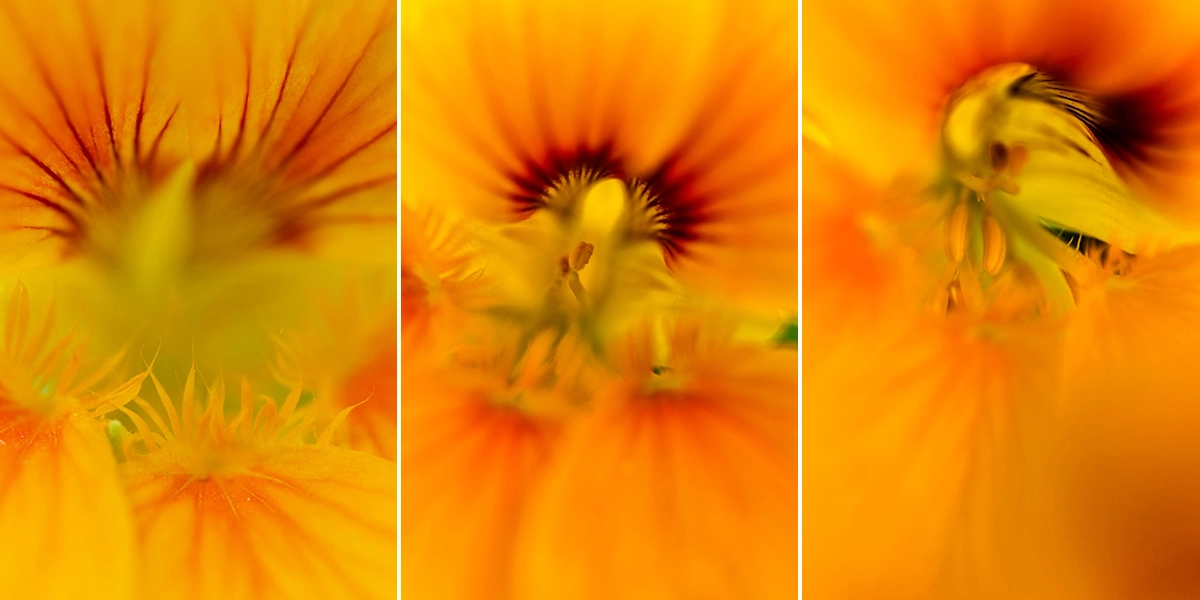
When shooting macro flower photos, manual focus is your best friend. The closer you get to your subject, the more magnification you achieve—but this also means a shallower depth of field. Even the slightest movement can change the focus of your image dramatically. I’ve found that slowly rocking back and forth while using manual focus ensures that the part of the flower that I want to highlight is razor-sharp.
2. Consider the Light
One of my favorite times to photograph spring flowers is on an overcast day. The soft, diffused light helps bring out the natural colors and details without harsh shadows. If you’re shooting on a sunny day, try using a diffuser to soften the light or find flowers in the shade for a more balanced exposure.
3. Decide Where You Want to Focus
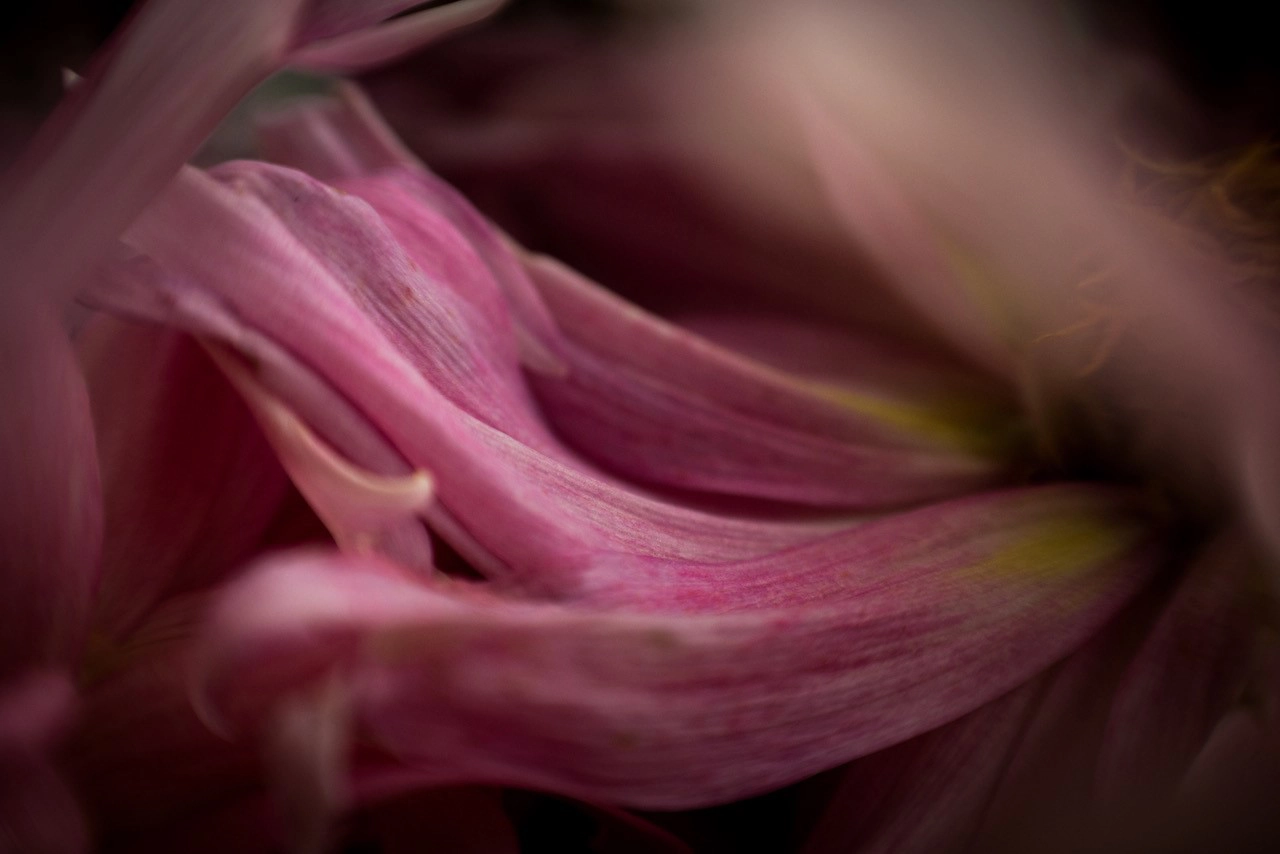
When taking photographs of daisies or a delicate dandelion photo, I always decide on a focal point before snapping the picture. Whether it’s the center of the flower, a single petal, or a tiny water droplet on a leaf, having a clear subject helps guide the viewer’s eye and adds impact to the composition.
4. Use Water Drops to Enhance Texture

Raindrops or morning dew can add an extra layer of depth to your flower photography. I love capturing macro flower photos right after a spring rain—those shimmering droplets magnify the flower’s details and create a dreamy, ethereal effect.
5. Look for Forms and Patterns

Nature is full of fascinating shapes and textures. Whether it’s the spiral arrangement of sunflower seeds or the delicate veins in a petal, keeping an eye out for natural patterns can turn a simple flower photoshoot into an artistic masterpiece.
6. Experiment with Monochrome
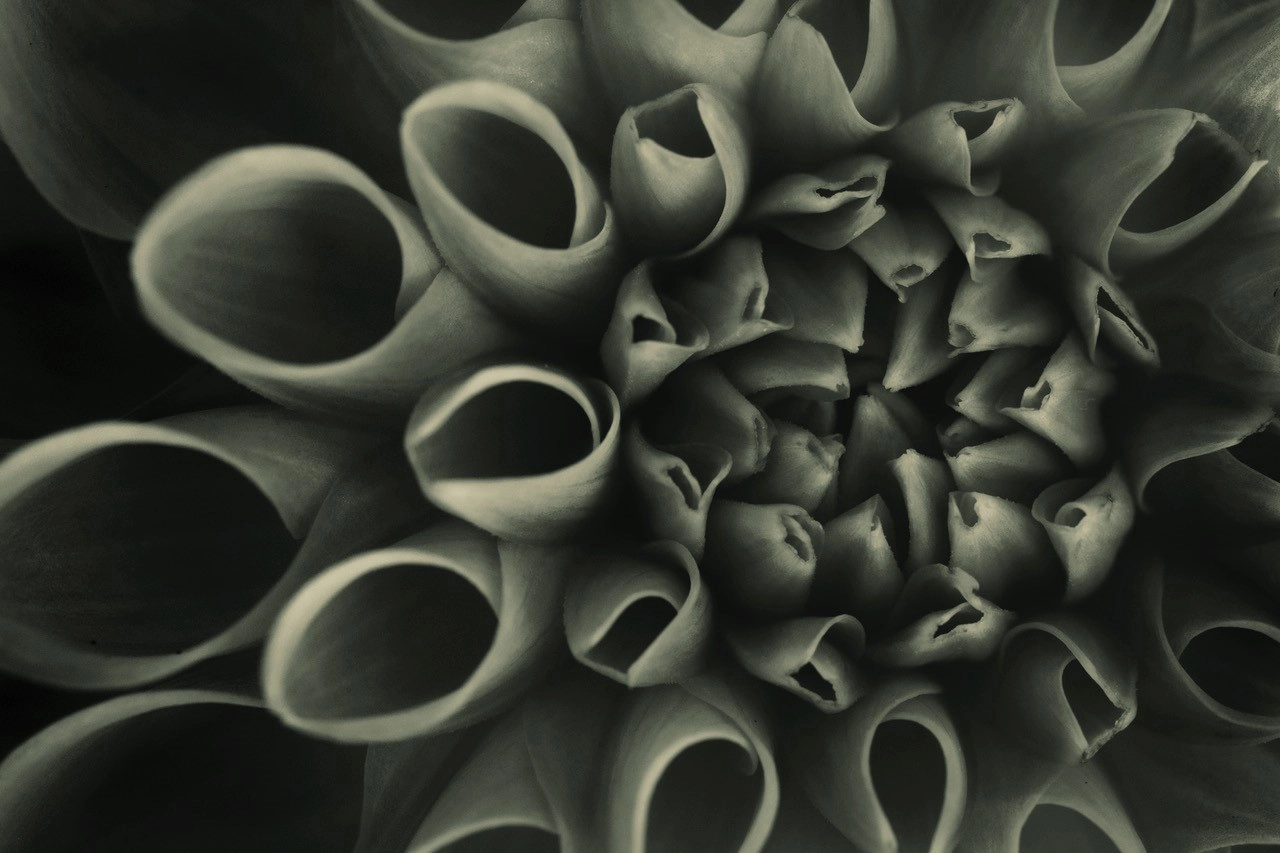
While vibrant colors make for striking flower photos, sometimes a black-and-white approach brings out dramatic contrast and texture. If a flower’s shape or shadow patterns are particularly striking, I often convert the image to monochrome to emphasize its structure.
7. Use Color to Your Advantage

On the flip side, colors play a huge role in photography. Complementary colors—like yellow sunflowers against a deep blue sky—can create dynamic compositions. Keep an eye out for color contrasts that naturally enhance your flower photos.
8. Be Mindful of Backgrounds

A cluttered or distracting background can take away from the beauty of your subject. I often adjust my angle or move slightly to position the flower against a soft, clean background. Using a wide aperture (like f/2.8 or f/4) helps blur the background, making the flower stand out even more.
9. Composition Tips for Stunning Flower Photos
- Rule of Thirds – Position your subject slightly off-center to create a more dynamic and visually pleasing image.
- Fill the Frame – Get close and fill the entire frame with the flower to emphasize its details.
- Leading Lines – Use natural lines, such as stems or petals, to guide the viewer’s eye toward the main subject.
- Negative Space – Leaving some empty space around the flower can create a minimalist and elegant look.
10. Post-Processing for Flower Photography
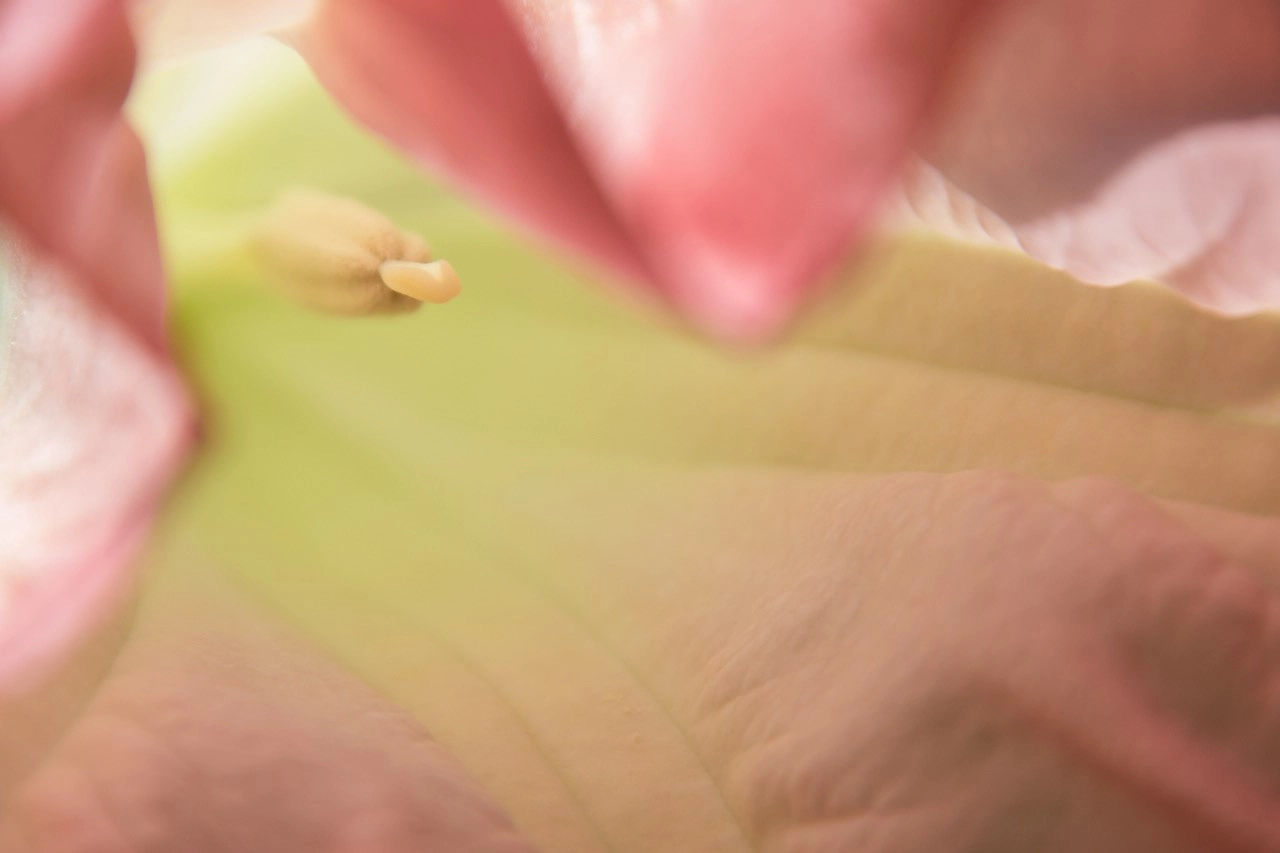
Editing can take your flower photos to the next level. Here are some post-processing tips:
- Adjust Exposure and Contrast: Enhance brightness and contrast to make colors pop.
- Boost Saturation Selectively: Over-saturating can look unnatural, so adjust colors subtly.
- Sharpen Details: Increase sharpness to bring out petal textures and tiny details.
- Crop Thoughtfully: Adjust framing to remove distractions and improve composition.
Recommended Accessories for Flower Photography
Enhance your backyard flower photography with the right tools and accessories:
- Tripod: A sturdy tripod helps stabilize your camera, especially when shooting at slow shutter speeds or in windy conditions.
- Reflectors and Diffusers: A reflector can help bounce natural light onto your subject, while a diffuser softens harsh sunlight.
- Extension Tubes: These affordable accessories allow you to turn a standard lens into a macro lens for extreme close-ups.
- Remote Shutter Release: Minimize camera shake when capturing highly detailed macro shots by using a remote shutter release.
- LED Ring Light: Great for adding consistent lighting when shooting in low-light conditions or shaded areas.
Go Capture the Beauty of Spring with These Backyard Flower Photography Tips!
Spring is the perfect time to explore macro subjects like flowers. Whether you’re capturing photos of beautiful flowers glowing in the golden hour, macro pictures of flowers covered in dew, or a stunning dandelion photo backlit by the sun, your backyard holds endless beauty waiting to be photographed. Grab your camera, your Tamron macro lens, and start your photoshoot with flowers today!
Want to go to the next level? Read Tamron’s post about macro focus stacking.
